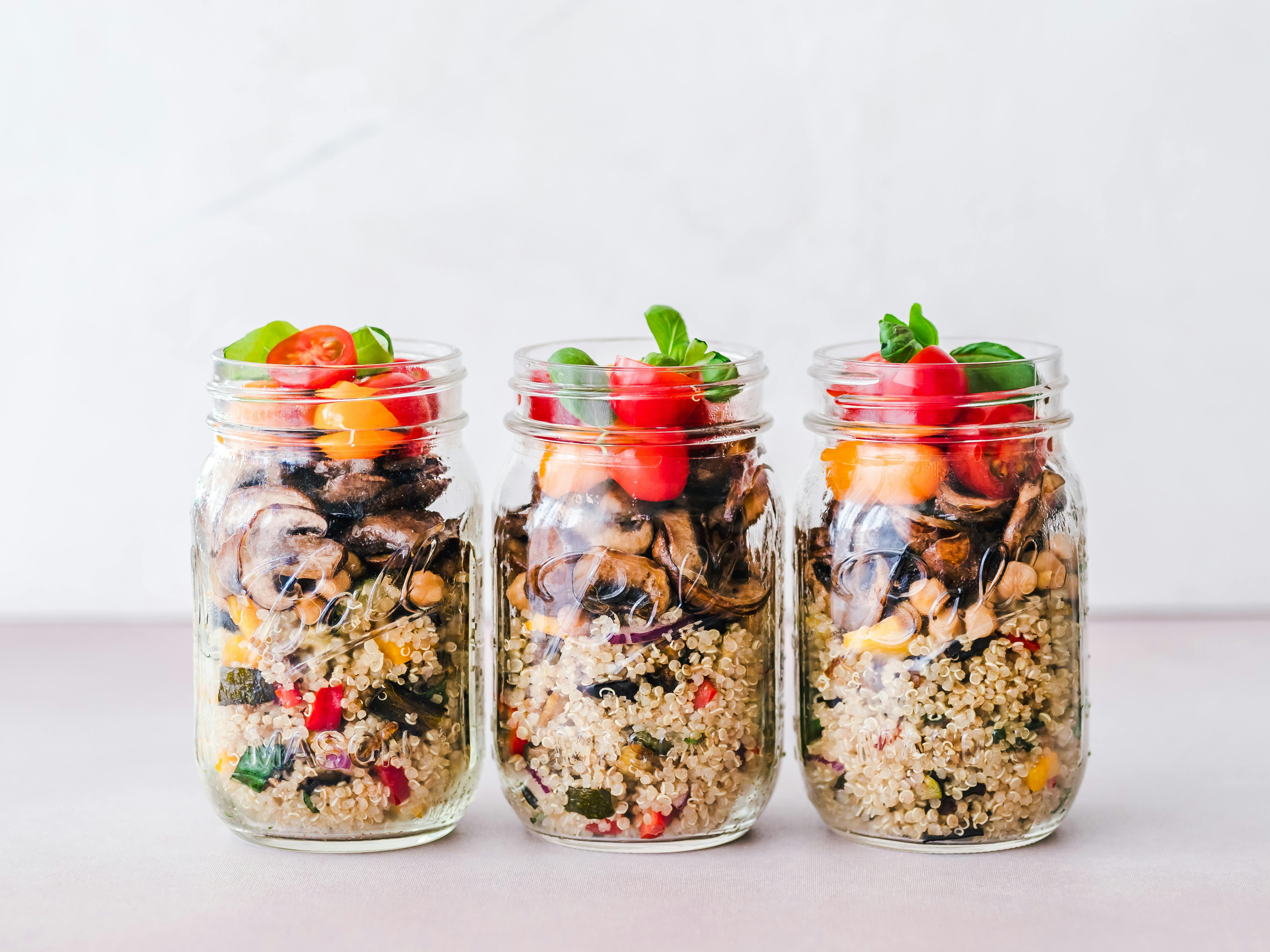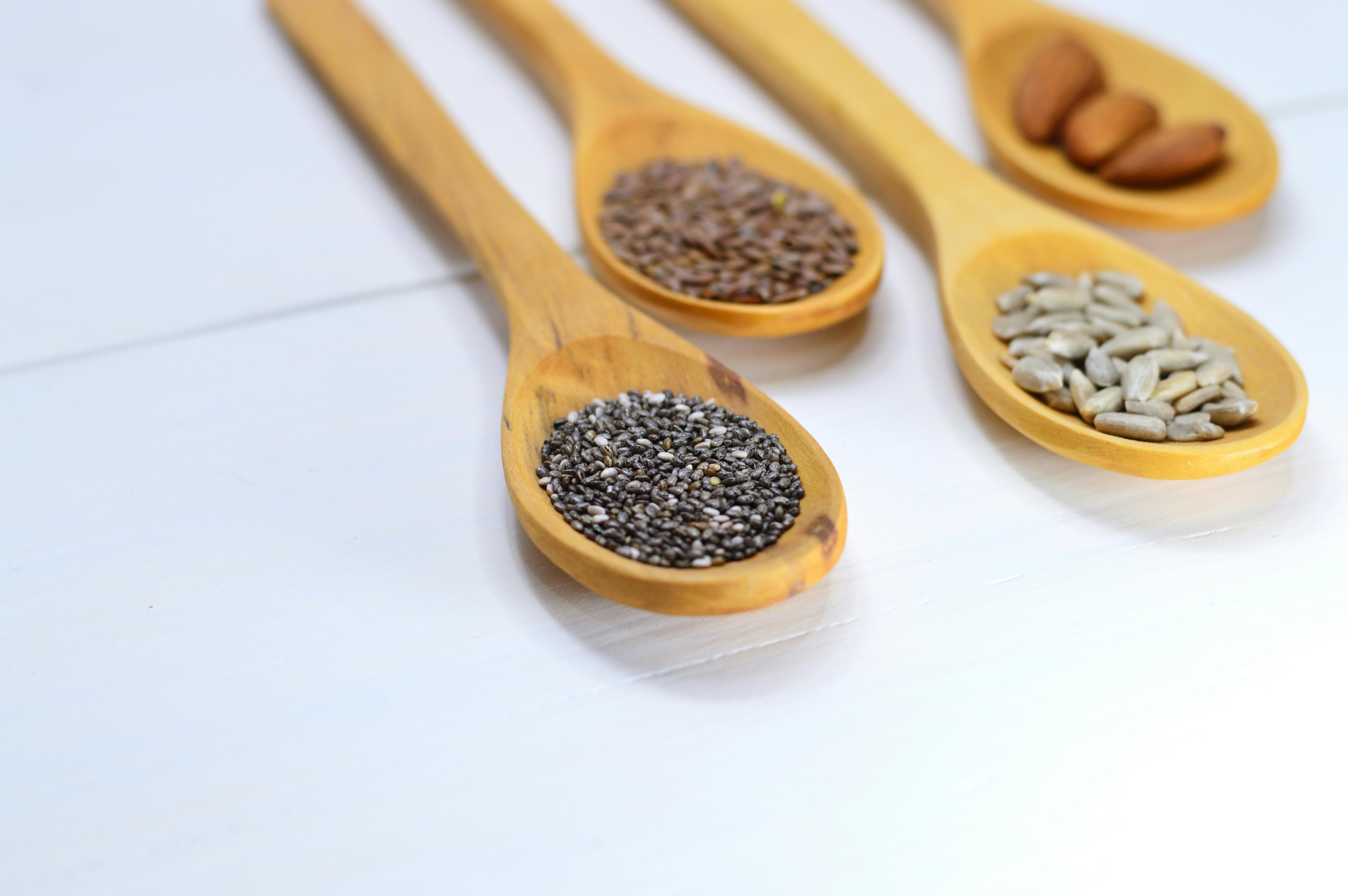
#Fibermaxxing Gains Popularity on TikTok as Dietitian Urges Moderation
A growing number of TikTok users are embracing a trend dubbed “#Fibermaxxing,” which involves intentionally increasing daily fiber consumption to meet or exceed recommended guidelines. While experts say most Americans fall short of their fiber needs, they caution that rapid or excessive increases can cause discomfort and other issues.
Advertisement
The U.S. Department of Agriculture recommends women under 50 consume 25 to 28 grams of fiber daily, and men under 50 aim for 31 to 34 grams. According to Harvard Health Publishing, the average American gets only 10 to 15 grams a day, and just 5% meet the target.

Wooden spoons with seeds | Source: Pexels
“Fiber is considered a nutrient of public health concern. Most Americans are not meeting the recommendation,” said Mia Syn, a registered dietitian and author of Mostly Plant-Based. “People are doing [fibermaxxing] because it probably helps with digestion, weight management, weight loss [and] gut health. Fiber is kind of becoming the new protein.”
High-fiber foods commonly featured in the trend include oats, chia seeds, beans, lentils, whole grains, fruits, vegetables, nuts, and berries. Syn recommends focusing on whole food sources rather than supplements and incorporating both soluble fiber, which can lower cholesterol and stabilize blood sugar, and insoluble fiber, which supports digestion and bowel regularity.

Glass jars with food high in fiber | Source: Pexels
However, Syn warned that excessive intake — such as 70 grams or more per day — may cause gastrointestinal issues and reduce absorption of certain nutrients. She advised gradually increasing fiber intake and maintaining adequate hydration to prevent cramps, bloating, or constipation.
“It is possible to do too much too soon,” she said. “There is such a thing as too much of a good thing, so you want to be mindful of that.” Harvard Health suggests adding one extra high-fiber serving per week until reaching the recommended amount.
Advertisement
The information in this article is not intended or implied to be a substitute for professional medical advice, diagnosis or treatment. All content, including text, and images contained on contraSpero.com, or available through contraSpero.com is for general information purposes only. contraSpero.com does not take responsibility for any action taken as a result of reading this article. Before undertaking any course of treatment please consult with your healthcare provider.
